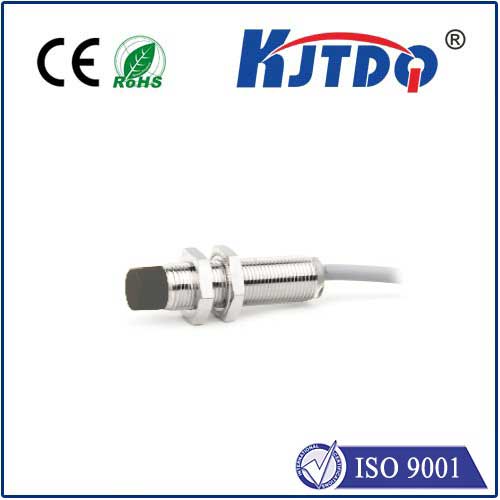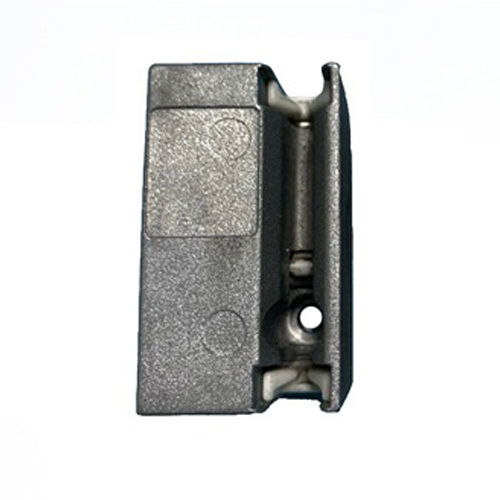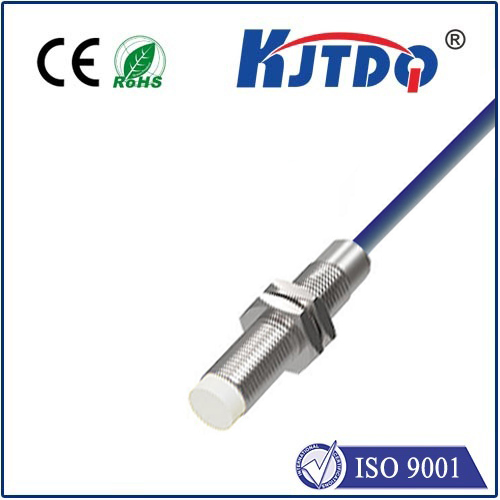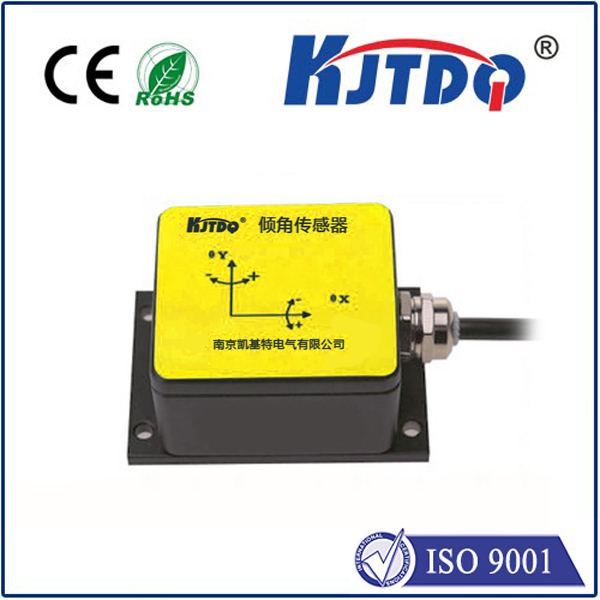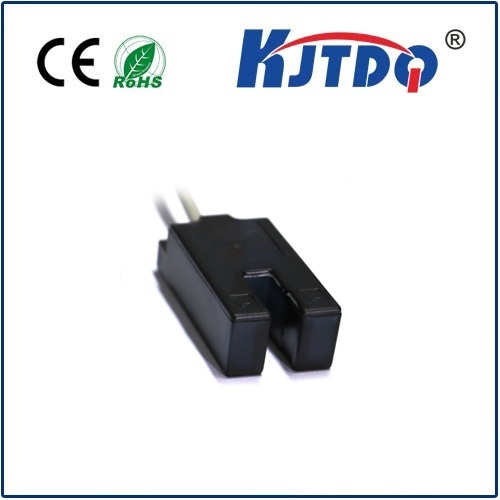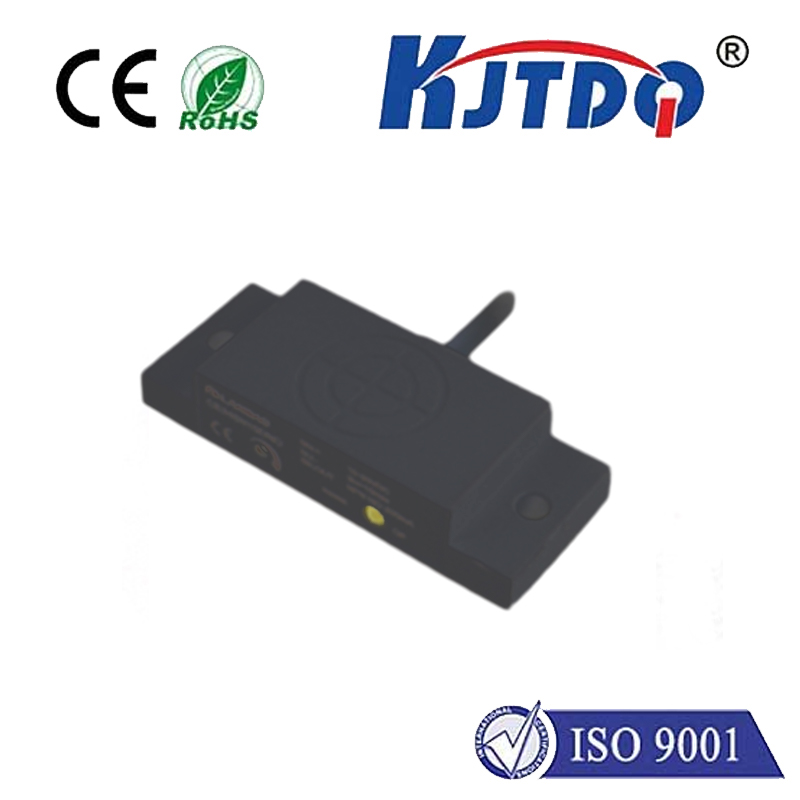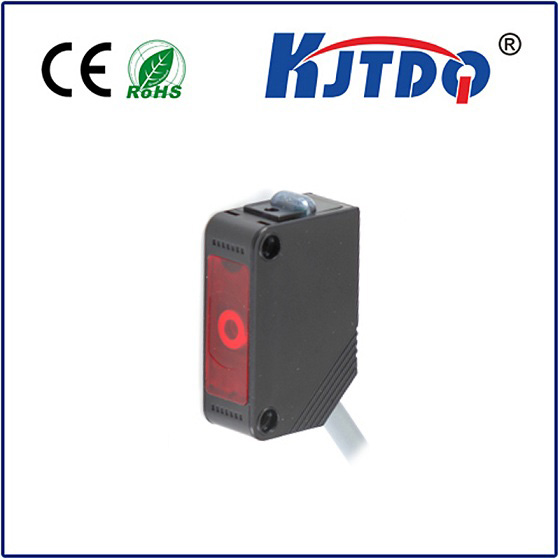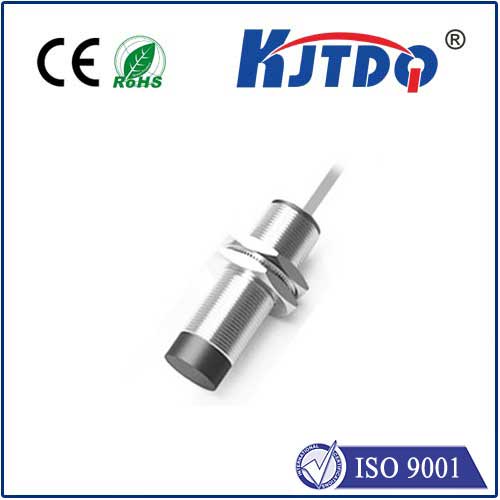hall proximity sensor
- time:2025-07-06 02:36:46
- Нажмите:0
Hall Proximity Sensors: The Invisible Guardians of Contactless Detection
Ever glanced at your smartphone screen lighting up as you open its flip cover? Or marveled at how industrial robots move with such precision, avoiding collisions? Or considered the silent safety features in modern vehicles? Often, the unseen heroes enabling these seamless interactions are Hall Proximity Sensors. These remarkable devices detect the presence, absence, or position of objects without physical contact, utilizing the fascinating physics of magnetism. They are fundamental enablers of automation, safety, and user convenience across countless applications.
The Core Magic: Understanding the Hall Effect
The operation of a Hall proximity sensor hinges entirely on the Hall Effect, discovered by Edwin Hall in 1879. In simple terms, imagine passing an electrical current through a thin strip (or plate) of conductive or semiconductive material. If you then apply a magnetic field perpendicular to this current flow, an intriguing thing happens. The magnetic field exerts a force on the moving electrons (the current carriers), deflecting them towards one side of the material. This accumulation of charge on one side creates a measurable voltage difference across the material, perpendicular to both the current and the magnetic field. This voltage is known as the Hall Voltage.
A Hall proximity sensor integrates this Hall element alongside supporting electronics. When a permanent magnet or ferromagnetic object (like steel) enters the sensor’s detection range, it alters the local magnetic field strength near the Hall element. This change in magnetic flux density directly causes a corresponding change in the Hall voltage generated. The integrated electronics process this voltage change, triggering a clean, digital output signal (typically switching ON or OFF) indicating the detected presence or absence of the target. This entire process happens without any mechanical contact or wear.

Why Hall Sensors Shine: Key Advantages
Hall effect proximity sensors offer a compelling set of benefits that make them indispensable:
- Non-Contact Operation: This is perhaps their greatest strength. The absence of moving parts or physical touching eliminates friction, wear, and tear, leading to exceptional long-term reliability and virtually infinite operational life. They can detect objects through non-magnetic barriers (like plastic, glass, or even certain metals), opening up unique application possibilities.
- Solid-State Durability: Being solid-state devices, they are inherently robust and resistant to shock, vibration, dust, moisture, and contaminants found in challenging industrial environments. This resilience is crucial for harsh operating conditions.
- High-Speed Switching: Hall sensors can operate at very high frequencies, capable of detecting rapidly moving objects or rapidly changing states. This makes them ideal for applications like speed sensing (counting gear teeth or fan blades) or position measurement in fast machinery.
- Consistent Performance: Unlike some optical sensors that can be fooled by dirt or ambient light, or inductive sensors limited to metals, Hall sensors offer consistent and reliable performance when detecting magnetic fields, largely immune to environmental interference.
- Position & Speed Sensing: By using multiple sensors or specific magnet arrangements, Hall sensors provide precise information about rotational position (angle) or linear displacement, essential for motor commutation and precise motion control. They are fundamental to the operation of brushless DC (BLDC) motors.
- Wide Operating Range: They function reliably across a broad spectrum of temperatures and voltages, suiting diverse applications from automotive under-hood environments to consumer electronics.
Where the Invisible Detection Makes a Visible Difference
The versatility of Hall proximity sensors translates into ubiquitous presence:
- Automotive: Critical for engine timing (crankshaft/camshaft position), wheel speed sensing (ABS systems), transmission gear position, seatbelt buckle detection, power window safety, door/trunk open/close status, and brake pedal position. Electric vehicles rely heavily on them for motor control.
- Промышленная автоматизация: Used for position sensing (cylinders, linear actuators), end-of-travel detection, limit switches, speed monitoring (conveyors, motors, turbines), machine safety interlocks, and counting objects on production lines.
- Consumer Electronics: Enabling features like laptop lid open/close detection, smartphone flip cover detection (sleep/wake), joystick/control knob rotation sensing, and even detecting the slide of a keyboard on a convertible device.
- Appliances: Monitoring washing machine drum position/speed, detecting refrigerator door status, sensing valve positions in dishwashers.
- Medical Devices: Used in infusion pumps, ventilator controls, and surgical equipment where reliable, contactless position feedback is vital.
- Security Systems: Detecting the opening of windows and doors via magnet/sensor pairs.
Choosing the Right Hall Sensor: Key Considerations
Selecting the optimal Hall proximity sensor involves evaluating several factors:
- Sensing Distance: Defined as the maximum distance at which the sensor can reliably detect its target magnet or ferrous object. This must be matched to the application’s physical constraints.
- Output Type: Digital outputs (ON/OFF) like Open Collector, Push-Pull, or MOSFET are common for presence detection. Analog outputs provide a voltage proportional to magnetic field strength for precise position measurement. Some sensors offer specialized protocols (e.g., SENT) for automotive applications.
- Target Material: Is the target a permanent magnet (strongest signal) or a ferromagnetic object like mild steel (weaker signal)? This impacts sensor choice and required sensing distance.
- Magnetic Field Polarity: Unipolar sensors respond only to one pole (e.g., South) of a magnet. Bipolar sensors react to both poles. Omnipolar sensors detect either pole, offering maximum flexibility. Latch types require opposite polarity to switch state back.
- Environmental Conditions: Temperature range, exposure to moisture (IP rating), chemicals, or strong external magnetic fields must all be considered.
- Power Supply & Package Size: Voltage requirements and physical dimensions must fit the system constraints.
The Silent Workhorse of Modern Technology
Hall proximity sensors are a testament to how fundamental physics enables sophisticated modern technology. Their ability to provide reliable, contactless detection and precise position feedback silently underpins countless functions we rely on daily – from the safety of our vehicles to the efficiency of factories and the convenience of our gadgets. Their unique blend of durability, speed, and versatility ensures they will remain essential components in the ongoing evolution of automation, safety systems, and smart devices. Understanding their operation and capabilities is key to unlocking innovative solutions across diverse engineering fields, making them truly the “invisible guardians” of proximity sensing.


